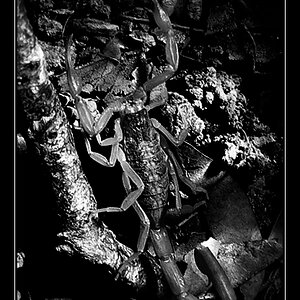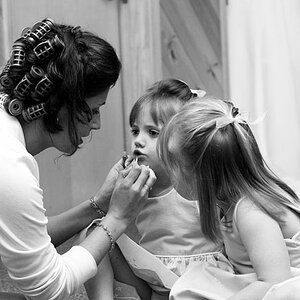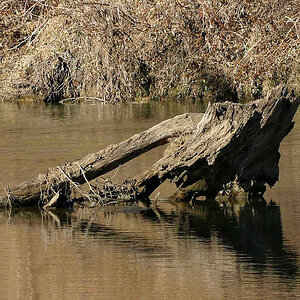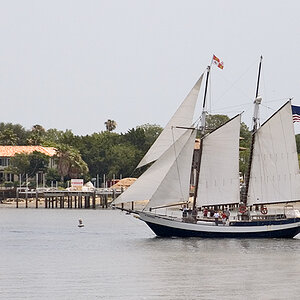NEPats37
TPF Noob!
- Joined
- Feb 10, 2007
- Messages
- 76
- Reaction score
- 0
- Location
- Rhode Island
- Can others edit my Photos
- Photos OK to edit
I am going to an air show and have been looking online for tips, mostly about exposure when taking pictures of planes in flight against a bright background. I found an article on a web page but was confused by the wording they used and I was hoping you could help me. Here's that part of the article....
When taking pictures of aircraft in the air against a bright sky the cameras metering system can be fooled into underexposing the actual aircraft so it is best to set the camera to overexpose by 1-2 stops.
I've been trying to figure out what excatly they mean by "overexpose 1-2 stops". Do they mean open the aperture 1-2 stops or adjust the exposure compensation dial to +1 or +2?
Any other tips would be helpful as well.
Thanks
When taking pictures of aircraft in the air against a bright sky the cameras metering system can be fooled into underexposing the actual aircraft so it is best to set the camera to overexpose by 1-2 stops.
I've been trying to figure out what excatly they mean by "overexpose 1-2 stops". Do they mean open the aperture 1-2 stops or adjust the exposure compensation dial to +1 or +2?
Any other tips would be helpful as well.
Thanks


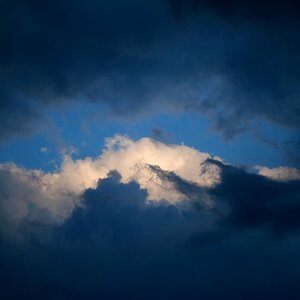

![[No title]](/data/xfmg/thumbnail/36/36395-66eaff4565ecf4245f13a9c469a9273b.jpg?1619737548)
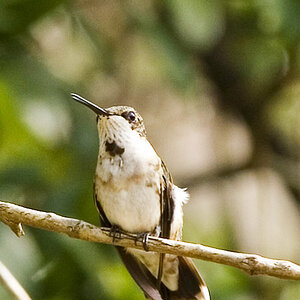
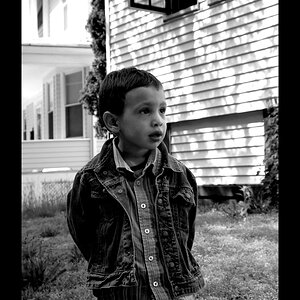

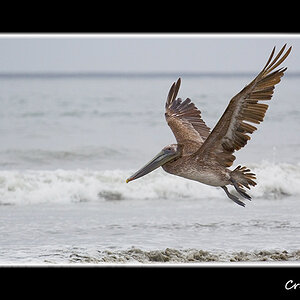
![[No title]](/data/xfmg/thumbnail/32/32930-09414fc020c2a60a456ff59a05c5ef8f.jpg?1619735759)
